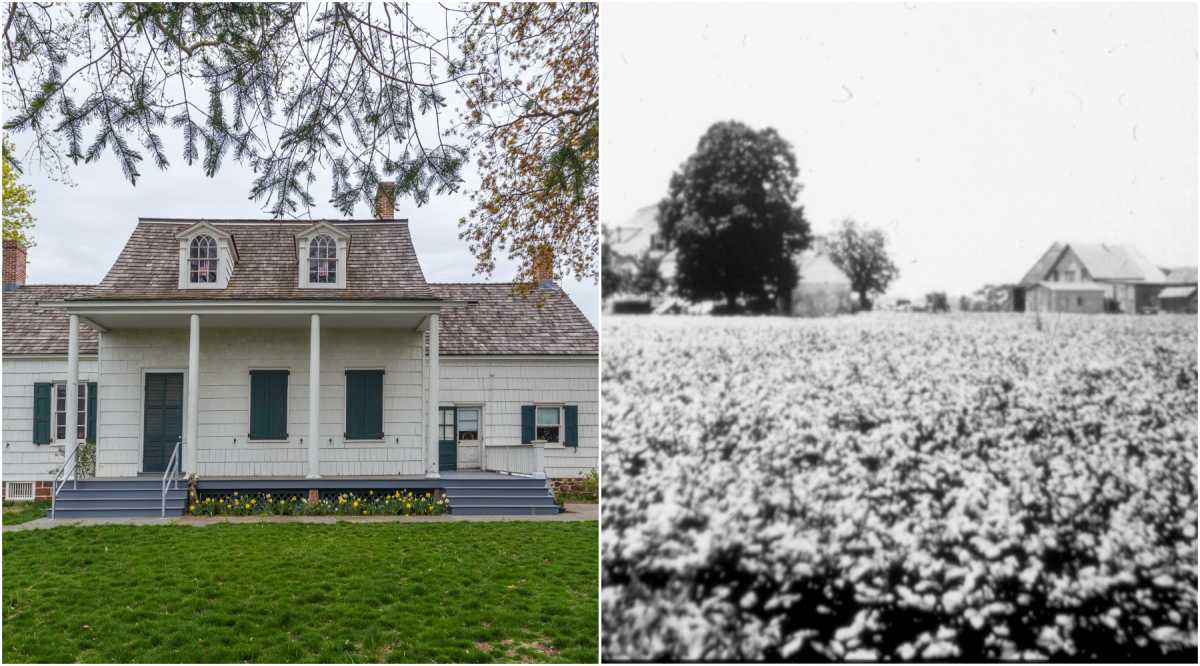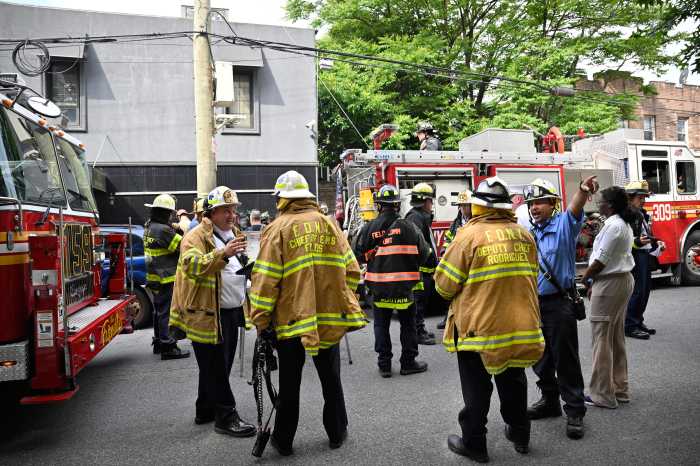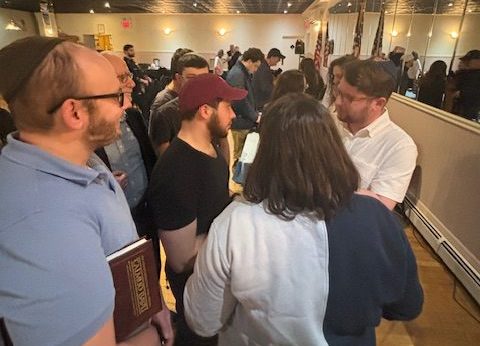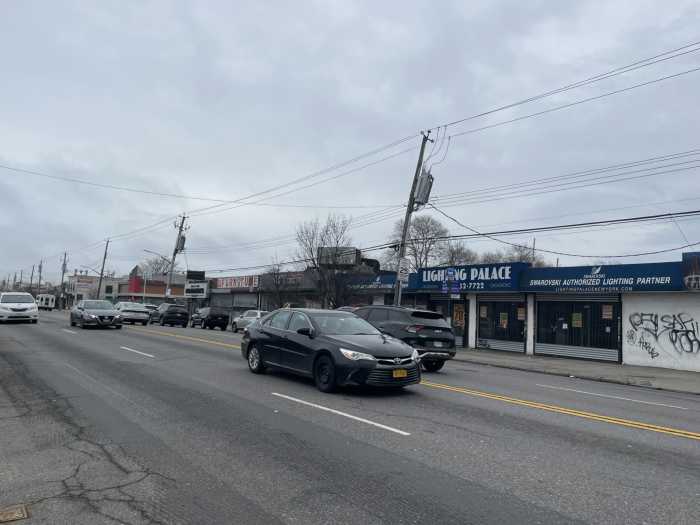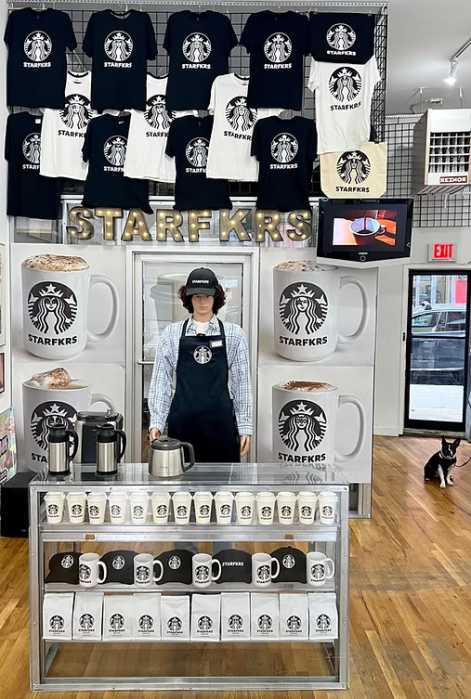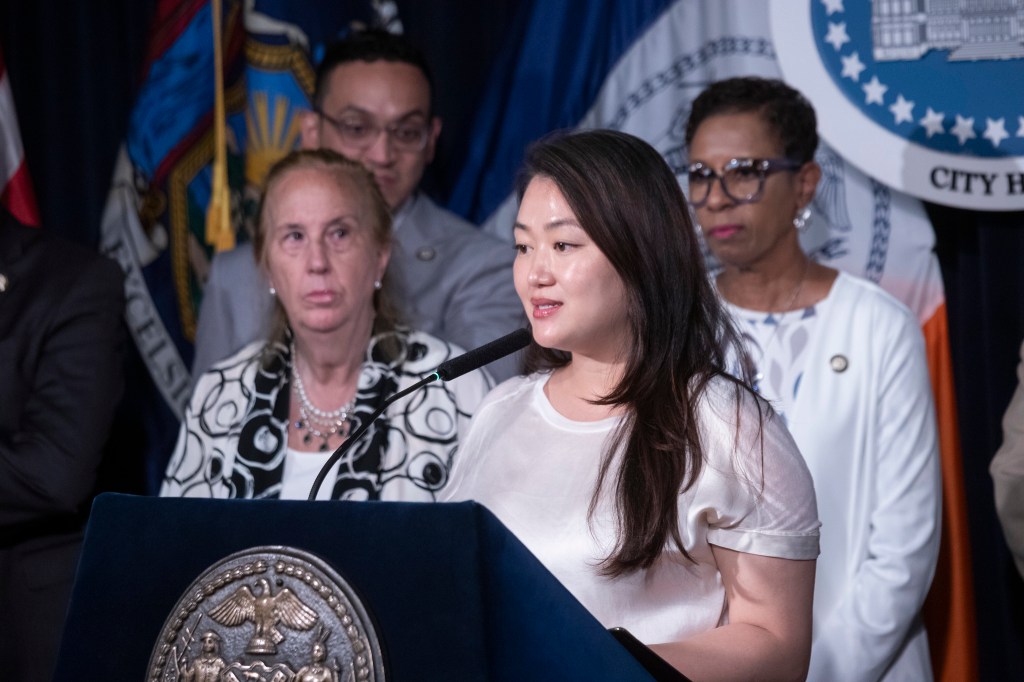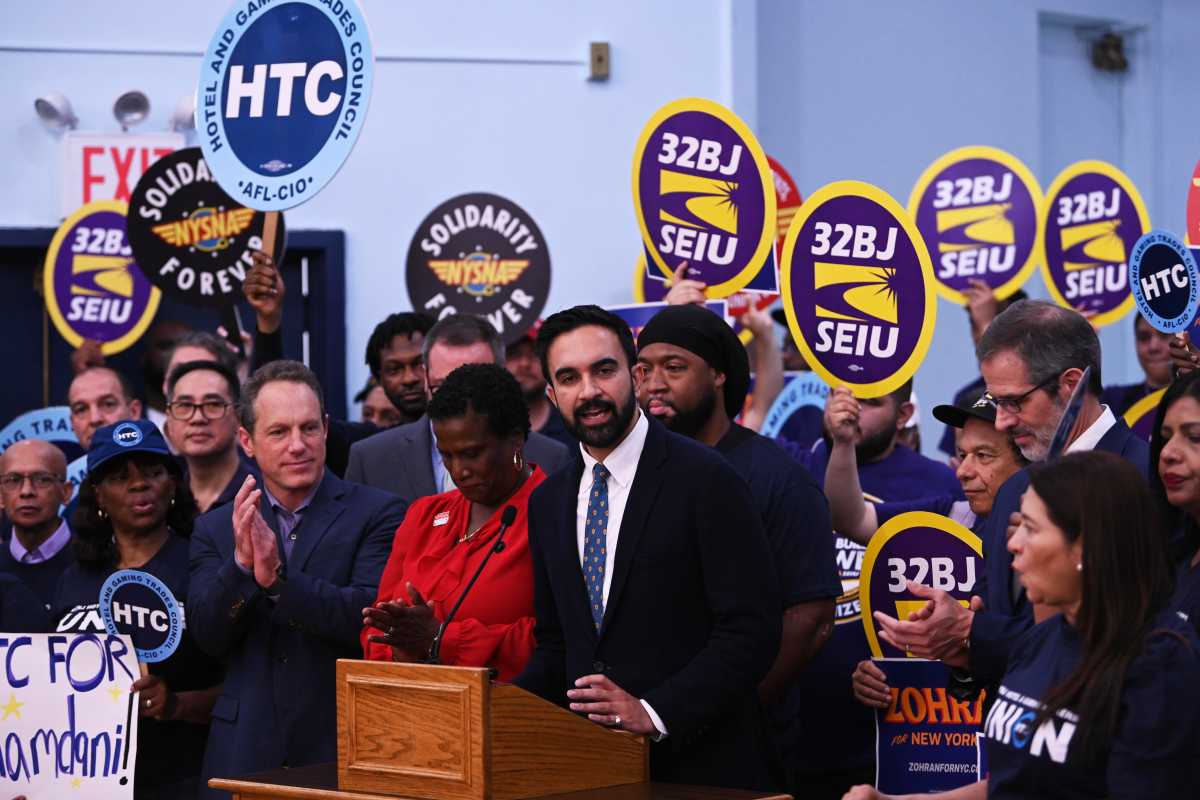The Hendrick I. Lott House, one of Brooklyn’s oldest surviving Dutch Colonial homes, is set to become Marine Park’s first museum following extensive interior renovations slated to begin in early 2026.
Built in 1720, the historic house at 1940 East 36th St. has long been a community landmark. However, its transformation into a fully operational museum will mark a new chapter for the neighborhood and the storied history of Southern Brooklyn that shaped the city we know today.
According to Alyssa Loorya, PhD, president of Friends of the Lott House and principal of Chrysalis Archeology, the renovations, expected to take about 18 months, will modernize the home’s infrastructure while preserving its historical details. However, due to the property’s current condition, work may take longer. Once completed, the museum will focus on the history of the Lott family, the surrounding neighborhood, and the diverse individuals who lived and worked on the farm.
“We’re very much looking forward to the modernization,” Loorya told Brooklyn Paper, noting that all renovations will prioritize preserving the historic fabric and salvageable materials on the property. “If something is dilapidated to the point that it’s not salvageable, we will ensure that we fully document it so we can do accurate reproductions in the future.”
The Friends of the Lott House, a volunteer group dedicated to preserving the home and sharing its history, has played a vital role in the restoration efforts so far. Founded in the early 1990s by architects and community members, the organization has collaborated with NYC Parks and the Historic House Trust to restore the property, supported by $4 million set aside by the NYC Council in 2013.
The Lott House is located in the Marine Park area settled by the Dutch in 1636, and was one of the earliest parts of what would become NYC. The property served as a large farm, or Bowery, to support Lower Manhattan with food and produce. It was also a site where British troops camped during the Battle of Long Island and is recognized by New York State as a stop on the Underground Railroad. Archaeologists have also uncovered evidence of spiritual activities by enslaved or formerly enslaved individuals within the house, marking it as a significant cultural and historical site.

“It’s a unique opportunity to have this little-thought-of area of Brooklyn and New York City tell a story that is important to so many New Yorkers and to the narrative of New York itself,” Loorya said. “As someone who lives in deep South Brooklyn, it will be nice to have a cultural institution that offers opportunities many have to travel across Brooklyn to engage in.”
Direct descendants of the Lott family occupied the home until 1989, and it was later acquired by the city in 2002. Exterior and landscape renovations were completed in 2013, but the interior has remained closed to the public. The upcoming renovations will include updates to electricity, plumbing, air conditioning, and accessibility, ensuring the house can safely welcome visitors.
Once open, the museum will feature interpretive programs and exhibitions highlighting the Lott family’s legacy, the farm’s history, and the stories of enslaved, immigrant, and native-born workers who contributed to the area’s development.
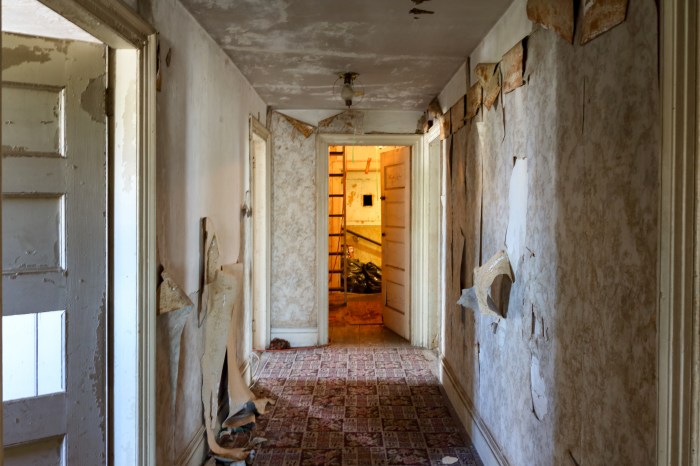
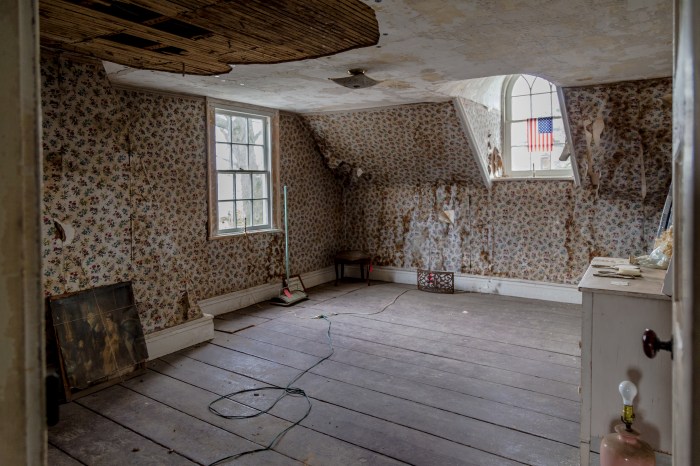
Loorya said the museum will also utilize technology to bring individual stories to life through dynamic exhibitions and displays, rather than static recreations of period rooms.
“What is most engaging is making the past and people in the past relatable and telling their stories,” Loorya explained. “We’re fortunate that we’re at a point in technology and information availability where we can identify so many of the people who worked around the Lott family and really make broader connections.”
In the meantime, Friends of the Lott House will continue to run programs virtually and on the lawn outside the house. For more information or to support the renovation efforts, visit Lotthouse.org.


